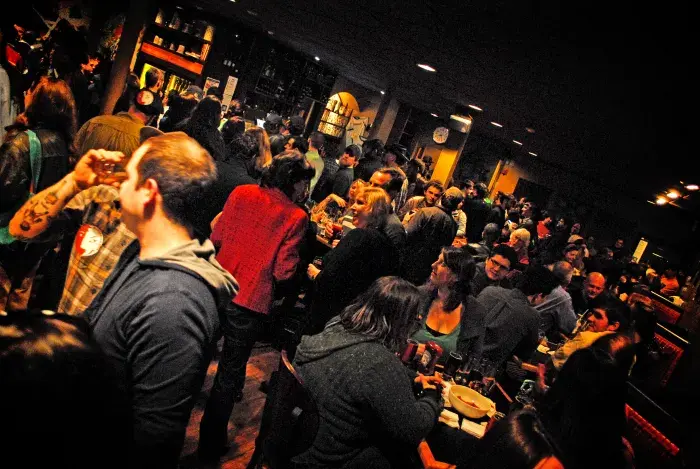Essential ways to maximum bar profitability. -Part 1
- profitmgtsystems
- Nov 17, 2023
- 2 min read

Running a bar is hard work, and if you’re not maximizing profits every chance available then you are leaving money on the table, and it affects your ability to grow, and attract new employees and advance the company.
Running a bar is truly a science. We must look at every aspect of the business continuously. Let’s Review a few of the basics.
Analyzing and managing labor costs
Labor is a silent profitability killer and labor scheduling is the cure. Make sure that the schedule is reviewed and adjusted daily to keep the staff busy. Over scheduling will cause employees to feel idle, like their time is being wasted which can lead to employee unrest and quick departures.
Making sure that staffing is appropriate during service is a must. Push the staff almost to the point of not being able to keep up with business before adding staff. Because tipped employees earn most of their money by taking more tables they will often want to work with less staff and make more. The fine line is not jeopardizing service levels to cut labor expense.
Premix Signature Cocktails
One of the biggest cost-saving measures that comes from prepping in advance is that premixing or batching cocktails allows for better drink consistency and faster service. The other benefit is more time for staff interaction with the guests, which should increase service levels and guest satisfaction.
Inventory Science: Am I as profitable as I can be?
Inventory is the basis of everything, it ensures that systems are set up to efficiently track the numbers for each part of the bar. Without that, an owner/operator is blind to how each penny spent affects profits or losses over the long term. It’s not just about overall pour cost. The devil is in the details and each product has got to carry its own weight. The real estate on the bar and on the menu is very valuable and it is critical that each drink pays for its space.
You have got to devote the time and resources to putting a system in place that tracks inventory vs. costs of goods and reconciles the cost against sales/revenue. The equation is easy: What did we have? What did we purchase? What did we use? And finally, what did we sell? (Go through the register) what are we truly missing? There is no room to guess, what are our true costs?




Comments